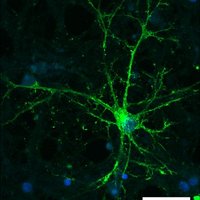
uwberndtlab
@uwberndtlab

The BioEn Department has a new chair! We welcome Princess Imoukhuede who will move to UW from the McKelvey School of Engineering at Washington University in St. Louis. Dr. Imoukhuede will hold the Hunter and Dorothy Simpson Endowed Chair and Professorship. newsroom.uw.edu/news/new-chair…







(1/8)🧵Excited to share our preprints on fast and sensitive multi-color H2O2 sensors, with a wide range of applications! uwberndtlab Molecular Engineering & Sciences Institute UW Bioengineering NAPE Center oROS-G(green direct response) biorxiv.org/content/10.110… oROS-HT(far-red inverse response): biorxiv.org/content/10.110…


How machine learning was applied to speed the engineering of brighter fluorescent proteins that quickly dim, ready to shine again, with potential as improved biosensors for studies of rapid neuron firing Sarah Wait uwberndtlab UW Bioengineering Nature Computational Science tinyurl.com/3vpe44fu


"We were able to circumvent the trial-and-error approach by using machine learning algorithms to predict how different mutations would perform in the real world." Sarah Wait uwberndtlab UW Bioengineering bit.ly/3vHgQMT Nature Computational Science


